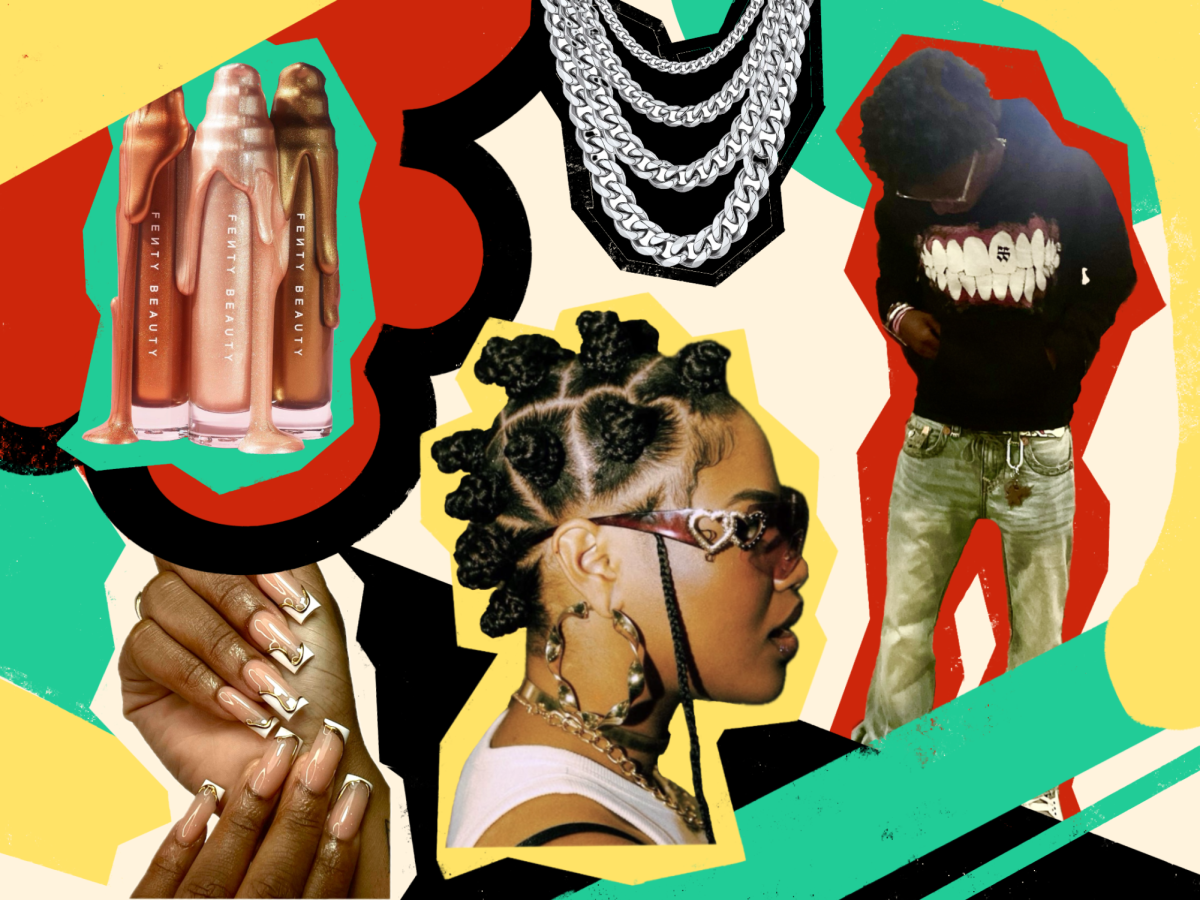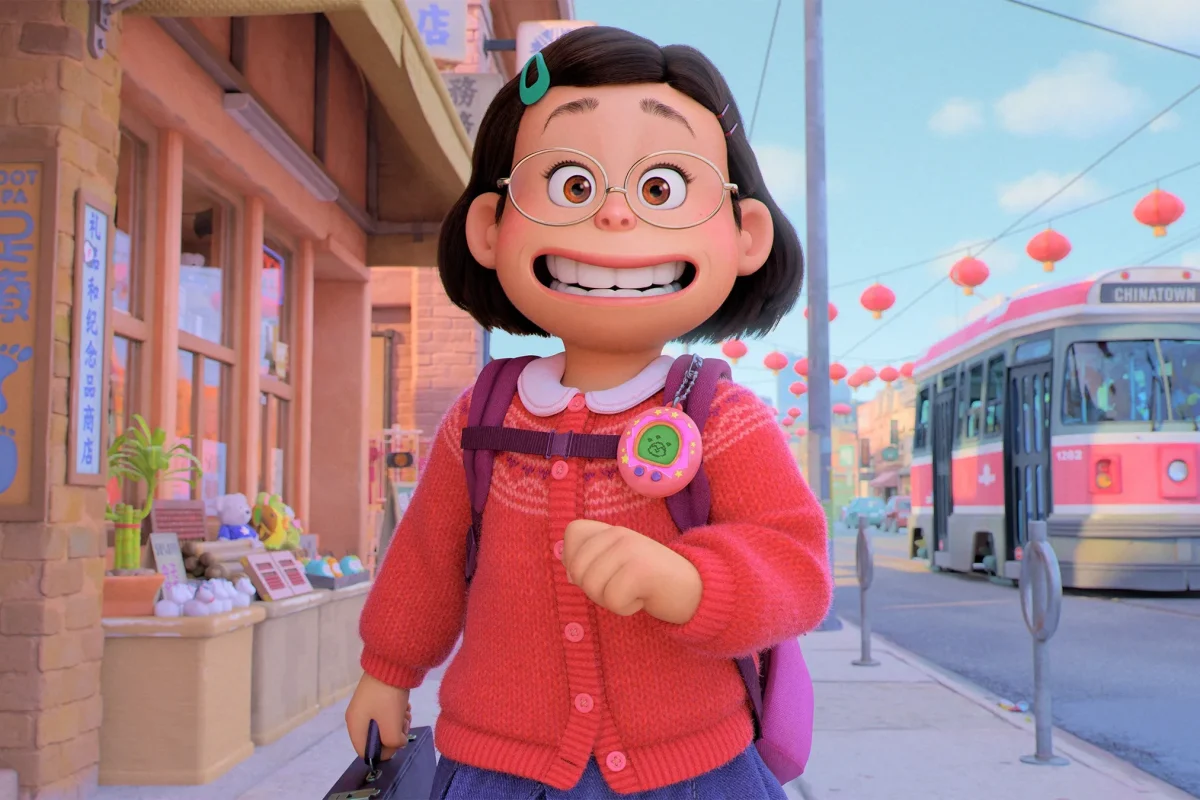The influence of black culture on different fashion rends
Junior Ekundayo Davies shares his perspective on fashion and personal style. “I feel like everything is an influence, and every person is an amalgamation of their influences,” Davis said. “I think that's where it becomes important to find sources and figure out, exactly what they are, because you have to know what you're putting on, right? If you see a t-shirt with a three-letter acronym on it, you're not going to wear the t-shirt, because you kind of want to know what the acronym is, because you don't want to support something you shouldn't be supporting, right?”
Nails:
The simplicity of nail paint and manicures dates back to Ancient Egypt, as anthropologists have found mummies with henna painted fingertips and extravagant nails with extensions. Oftentimes, social class was associated with nail color: red was reserved for those of a higher socioeconomic class and pale nails represented a lower class. This extravagance continued and began flourishing when Black women adopted acrylic nails as a sign of “femininity and style.” 70s pop stars Donna Summers and Millie Jackson stayed on top of charts with fiery red acrylics, while track and field Olympic athlete Florence Griffith-Joyner won gold medals at the Olympics with 6-inch acrylics. Soon enough, the popularity of nail art increased within the Black community, especially through the ‘90s and 2000s, with rappers such as Lil’ Kim making iconic statements with her “money nails” — acrylic nails with dollar bills decorating them — which now sit in the Museum of Modern Art. Nowadays, we see celebrities, including the famed musician Billie Eilish, rocking acrylic nails.
Street wear and trainers:
Streetwear and trainers have a long association with Black culture, which has significantly shaped and popularized these fashion trends. Iconic figures such as basketball player Michael Jordan played a significant role in the acclaim of trainers with the release of his Air Jordans in 1985, which gained so much success that in the first year of release, it earned Nike more than $100 million. Similarly, Dapper Dan, who is often referred to as the “king of logomania,” is one of the most recognized designers in the 80s to 90s era because he introduced luxury fashion to hip-hop and streetwear. His work extended beyond his own brand, and he began creating lines with Gucci and other designers, which allowed for the further popularization of streetwear. Most importantly, hip-hop music and the artists played a significant role in furthering the reach of streetwear. Often, artists such as Tupac and Biggie wore oversized hoodies and baggy pants, which mirrored the style of Black youth in the ‘90s. As a result, fans began following this style, which resulted in a larger demand for limited edition sneakers and Black streetwear.
Jewelry:
In ancient Africa, jewelry was made of gold and had elaborate beading, oftentimes symbolizing wealth and status. In today’s world, the influence of Black culture on jewelry is particularly evident in the rise of “bling culture.” In the 1980s, hip hop artists such as B.G. and Jay-Z popularized bold pieces like chunky chains and diamond-embedded jewelry, trends that transferred to their audiences. Even today, “bling culture’’ remains, and is seen in fashion trends such as chunky rings and bracelets.












